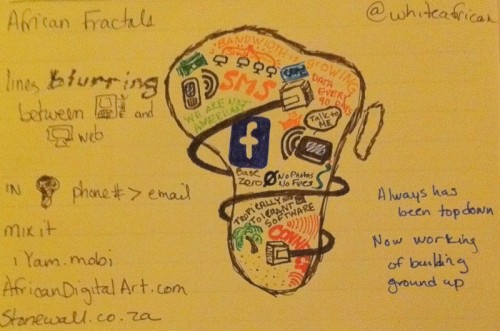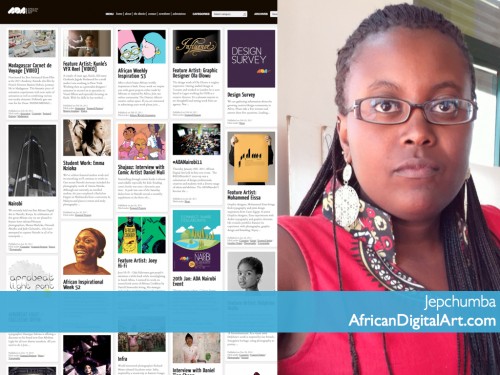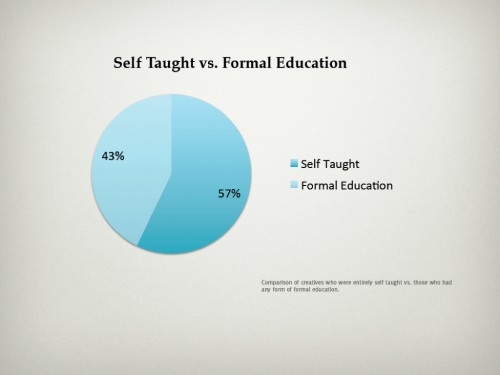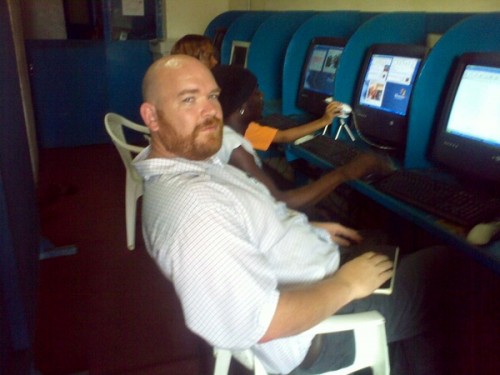When I look at the tech scene in Africa, there is a single question that consistently runs through my mind.
What foundational parts of the technology ecosystem do we own, and what are we reliant on others for?
What I’m talking about here are the items deeper down the stack, the core components that allow a country to own its own technological future. Here are some examples:
- Do we build our own software, or are we importing it?
- Can we prototype and build our own hardware, even if not at the scale of China?
- Are we investing in our own startups, or is that being done by foreigners?
- Do we have our own researchers, or are we okay with people parachuting in from abroad to do that for us?
It’s quite difficult for me to do much about any of this beyond Kenya, so I focus on what I can do here and hope that it works and the model can transfer elsewhere. The iHub, m:lab, iHub Research and Savannah Fund are examples of this, where our efforts are focused on local software, startups and funding.
The newest additions are the iHub’s UX Lab and a new high performance computer cluster, both filling a void not just in Kenya but in the continent as a whole. Both of which will come online this Summer. Beyond that, we’re looking at hardware, thinking about what it would look like to have our own hackerspace and TechShop, in a model suited for Kenya.
The iHub UX Lab and Supercomputer Cluster
We are fortunate to have excellent corporate partners at the iHub, one of which is Google, who provided some funding to get two initiatives off the ground.
Creating a UX Culture in Kenya
In the software space design is one of our weakest points. This isn’t just web or mobile design, this is product design and it’s rooted in a lack of understanding or desire to provide a better user experience. Core to providing better products is doing research on what users are looking for and how they are using technology in the first place.
Shikoh Gitau has worked closely with the iHub Research team for the past year, in fact the core ideas that presented the challenge for that space to come into existence was from a paper she wrote, where she showed how little of the technology research done in Africa was by African researchers. Shikoh works with the user experience teams at Google, and started talking to us about the UX Labs that they run around the world.
I had also had the chance to do a workshop with Andy Budd at Tech4Africa, and then chat again in the UK later on. First hand, I got to know Gabriel White through some work he did for Ushahidi. Both of them helped me get to a better understanding of the value of UX research in the product design process.
All of this led to us deciding that the iHub should create a UX Lab, a resource that would serve the region. A place where companies and startups learn about and begin thinking about user experience as they develop new products. We’ll do this through masterclass training on skills, partnering with the top UX experts in the world, and by providing the resources for this to happen.
Mark Kamau has joined the team to lead this initiative.
The iHub Cluster
At the end of 2011 I was approached by one of the iHub Green Members, Idd Salim, about an idea of building our own supercomputer. Why?
Outside of South Africa, there is little to no capacity for cloud computing on the continent. This means that few of the programmers in this region have the skill sets necessary to work and build out this infrastructure. We have a severely limited foundation on which to build future services in an increasingly cloud-based computing world.
Some of the use cases where we see the need for this:
- Research and training opportunities for super computer enthusiasts and university students
- Training people capable of being SREs (Service Reliability Engineers)
- Power-Computing service for local content
- A host for parallel and resource-hungry applications such as weather prediction, draught prediction and real-time information dispatch.
The initial funding for a small HPC deployment has been funded by Google Africa Inc. Intel have further added to the project a Intel MultiFlex® Server for use as the “master” component of the HPC cluster.
Bob Aman works at Google here in Kenya, and has become a staple at the iHub where he runs his office hours twice per week. He, along with Idd Salim and Jimmy Gitonga are building the first 4 nodes of what we hope to be a 24 node cluster. The most I had done before this was build my own gaming rig, so I’ll be honest in saying that I’m the noob in this group, where most of the conversations are beyond me.
As with the UX Lab, the iHub Cluster will be for people to learn what goes on under the hood of HPC’s by building it, and to learn how to use the power in it to solve big data problems. It will also be made available to the animation and ad agencies in town for rendering services.
In Summary
The UX Lab and iHub Cluster will come online this summer. Both projects have the leadership in place to run them and the resources to build them out. They’ll both be located in the same building with the iHub, and both are being built with the greater Kenyan tech community in mind. Like all of the iHub initiatives, they only work when people from the community are a part of them.
If you would like to get involved in either, reach out to the respective leads: Mark Kamau for the UX Lab, and Jimmy Gitonga or Idd Salim for the Cluster.









